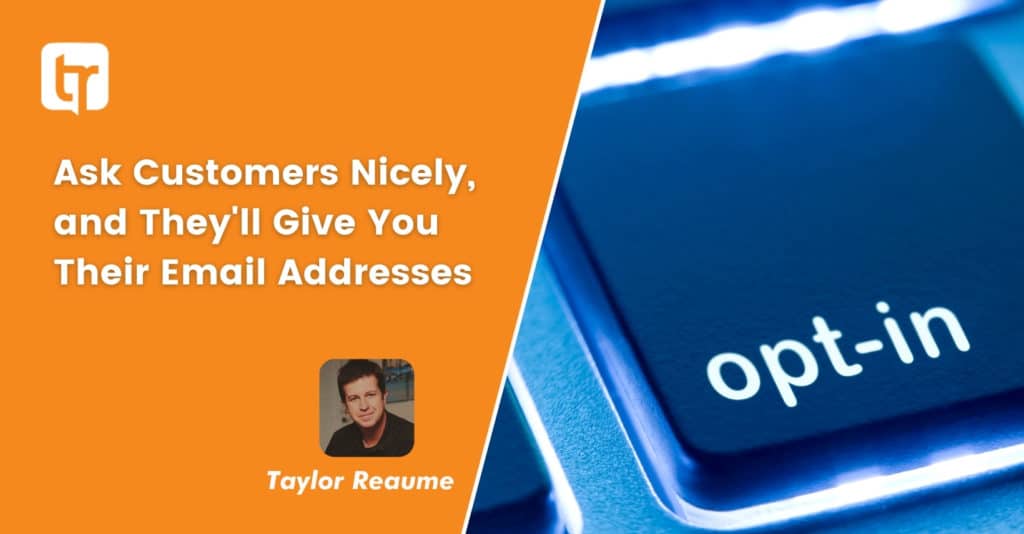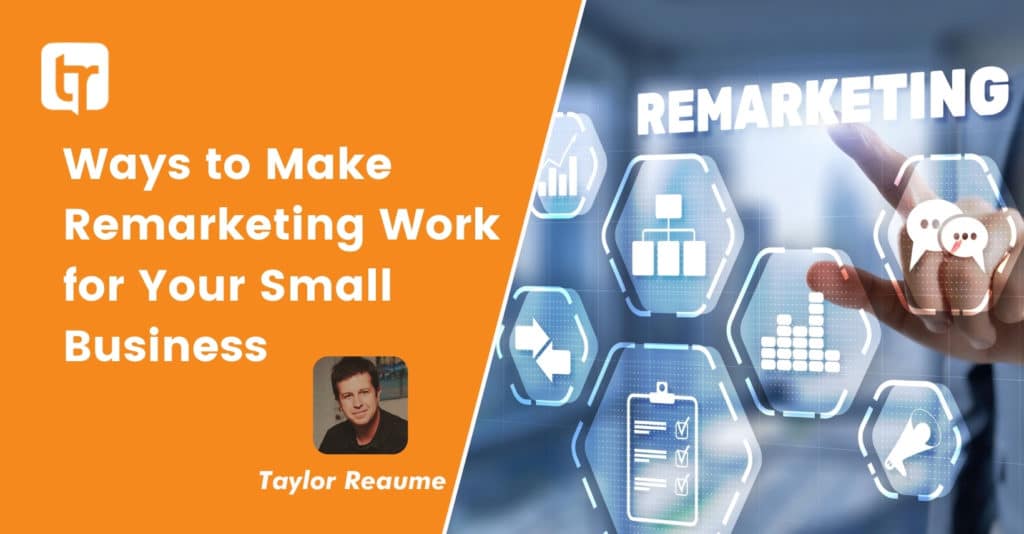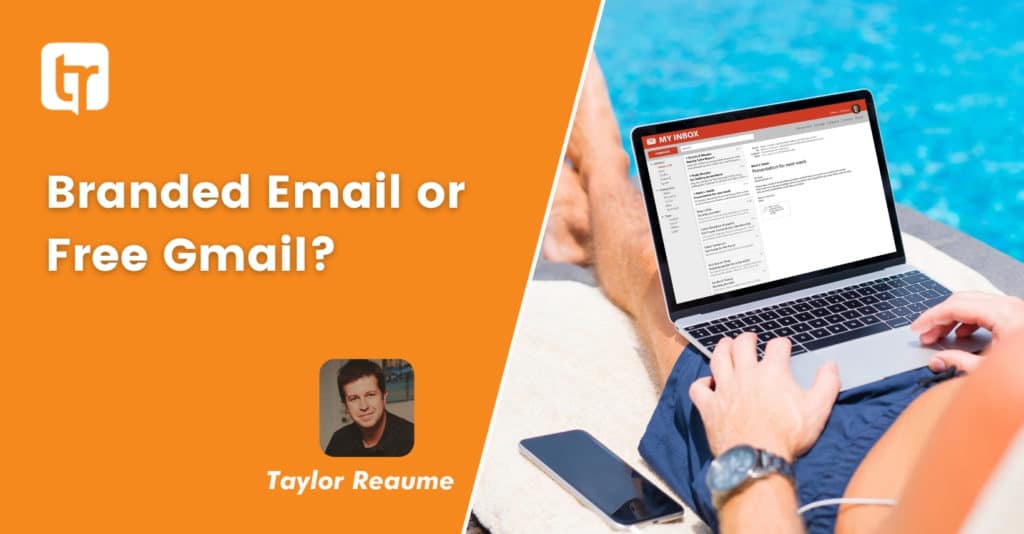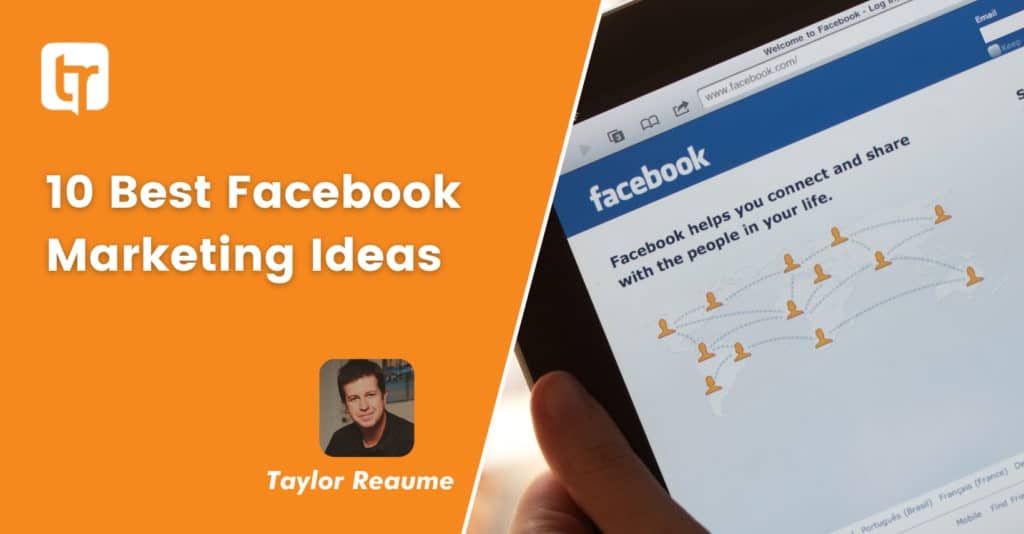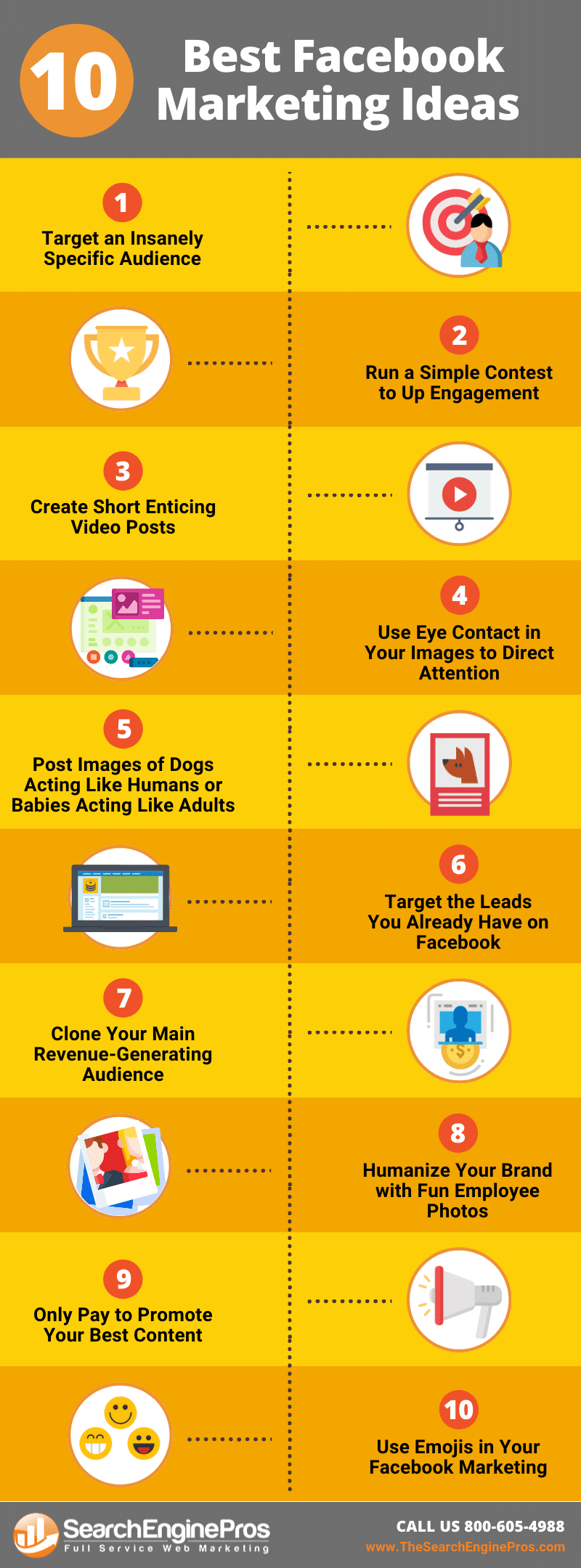A More Private Web Can Help Businesses Grow
Ads play a major role in sustaining the free and open web. They support great content and services from a diverse range of creators and publishers. They help companies of all sizes reach customers more efficiently than ever before.
Yet people’s expectations for the collection and use of data are changing, which means the web as we know it—free, open and ad-supported—is changing, too. Internet platforms, web browsers and ad-blocking features are promising more privacy by blocking common technologies like cookies. This takes a toll on the funds that content creators, newsrooms, web developers and videographers depend on to support their work. It also means that companies that rely on these technologies must respect the demand for a more private web in order for the web itself to remain dynamic and vibrant over the long term.
We strongly believe that advertising and privacy can coexist. Helping businesses adapt to a privacy-safe web isn’t just good business practice—if done right, and done collaboratively, it can be an engine for economic recovery and growth.
The importance of online advertising
When you see ads online, they’re usually placed with the support of widely available tools, often called ad technology or “ad tech,” that help companies get the most out of the money they spend on ads. Google competes with a range of companies large and small to provide these tools to the platforms, publishers, and advertisers that need them.
All this competition drives us to innovate and improve our tools. Millions of publishers use Google advertising services to help make the digital advertising process easy and effective, and publishers retain about 70 percent of the revenue that’s generated (and for many, it’s even more). We’re constantly working to help them earn more: In 2019, we made nearly 80 product improvements aimed at improving publisher revenue, which generated revenue increases of more than 9 percent in total for publishers using Google Ad Manager.
What cookies do
Much of online advertising makes use of a basic, widely available technology called cookies, which are part of the basic architecture of the web. They help with things like measuring the effectiveness of a company’s ad campaign or enabling a particular advertiser to reach the consumers it wants to reach.
However, cookies were conceived for an earlier era. It’s clear from privacy laws in Europe and around the world that citizens and governments want a greater understanding of how they work and more control over their use. And efforts by platforms, browsers and ad-blocking companies are already putting new limits on them.
In this changing landscape, the funds that web publishers rely on to support their operations are increasingly at risk. For example, an analysis of the 500 largest Google Ad Manager customers found that when third-party cookies are disabled, publishers receive on average 52 percent less programmatic ad revenue. Like others, Google also uses third-party cookies for ads we serve on other sites (for example, Google Ad Manager and AdSense) so Google will also be affected as the industry moves away from cookies.
The Privacy Sandbox
The question today is whether the web can keep people’s information safe and private while also supporting the advertising that keeps so much of the web free.
That’s why, as part of a larger initiative with the web standards community called the “Privacy Sandbox,” the engineers behind Google’s browser, Chrome, are working on ways to underpin a healthy, ad-supported web without third-party cookies. Privacy Sandbox aims to provide space for experimentation and input from technologists, businesses, publishers, regulators and more. Among the proposals being tested are privacy-safe ways to do things like predict and protect against fraud, properly measure if an ad campaign has “worked,” and find the right audience for an ad. One such proposal, Federated Learning of Cohorts, uses machine learning algorithms that run on individual devices to model groups of people by their browsing behaviors without creating individual ad profiles at all.
Coming up with these new technologies involves complicated trade-offs, but we believe that the decision to phase out support for third-party cookies is the right thing for privacy and the industry as a whole. That’s why we’re working with the industry in forums like the W3C, and are in active discussions with independent authorities, such as the Competition and Markets Authority and the Information Commissioner’s Office in the UK, to help us find the best approach.
Responsible use of data
We’re committed to having privacy-preserving mechanisms in place that address the industry’s critical needs before discontinuing support for third-party cookies. We think this will not only promote business growth for numerous companies, but could also increase competition in the sector overall by making it a healthier place to advertise and grow while still meeting consumers’ expectations.
Alongside our efforts to promote privacy, we’re increasing transparency on the data we use, and are investing in products to help people and businesses to understand, protect, move and benefit from data in new ways.
Protecting people’s personal data doesn’t have to be at odds with business growth. By focusing on the people who use our products and investing in new technologies to connect advertisers and publishers with users safely, we can create more value and promote a thriving future on the web—for everyone.
Source: Official Google Webmasters Blog

